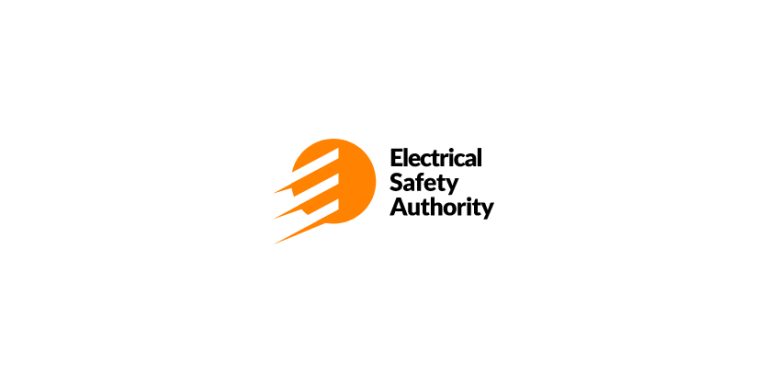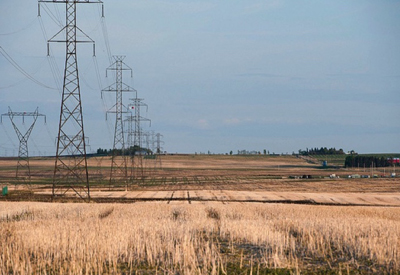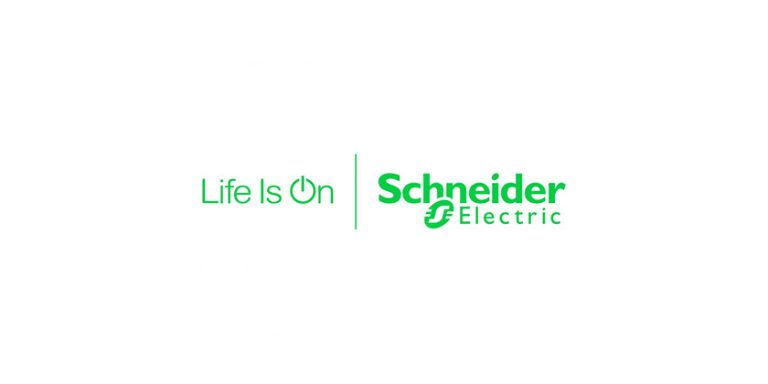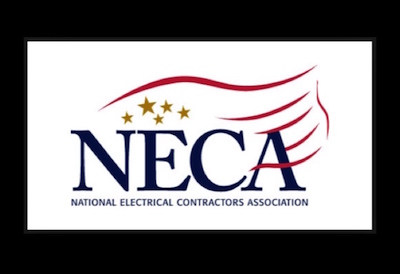Schneider Electric Commits to 100% Renewable Electricity by 2030 and Reporting on its Energy Productivity Journey
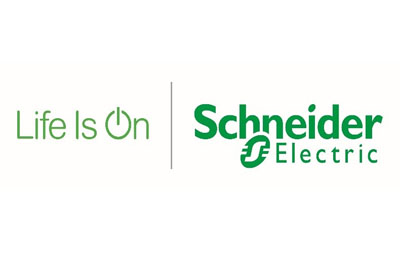
December 12, 2017
Schneider Electric has committed to sourcing 100 per cent renewable electricity and is throwing light on the doubling of its energy productivity.
Schneider Electric strongly believes it cannot go renewable without ensuring optimization of its energy system first. Today’s commitments are yet another step-in the company’s journey to becoming carbon neutral by 2030. Aligned with these commitments, Schneider Electric has decided to join two global, collaborative initiatives, led by The Climate Group, bringing together influential businesses committed to accelerating climate action:
- RE100: to use 100 per cent renewable electricity by 2030 with an intermediary objective of 80 per cent by 2020
- EP100: to double energy productivity by 2030, against a 2005 baseline, setting an ambitious target to doubling the economic output from every unit of energy consumed
Schneider Electric strives to answer the world’s new energy challenge by boosting energy efficiency everywhere: in homes, buildings and cities, industry, the grid, and throughout remote community. In a world more decarbonized, more digitized, more decentralized, energy use needs to be more productive. In order to deliver on its new promises and its sustained energy efficiency efforts, Schneider Electric will leverage its own technical solutions – EcoStruxure Power and EcoStruxure Grid. Using these solutions, the Group has been able to reduce its energy consumption by 10 per cent every three years for the past 10 years. More specifically, Schneider Electric has reduced consumption by six per cent between 2008 and 2017 at its headquarters in France, The Hive.
These commitments will cover more than 1,000 electricity consuming sites around the globe, including 200 factories. Schneider Electric will leverage a broad range of renewable energy sources, including but not limited to solar, wind, geothermal and biomass.
Schneider Electric will drive its transition to 100 per cent renewable electricity through three levers, with an interim goal of achieving 80 per cent renewable electricity use by 2020 to 100 per cent in 2030:
- On-site projects at Schneider Electric facilities around the world: with renewable energy initiatives, already in place at some Schneider Electric locations, such as a solar rooftop at its sites in Vadodara (India), Bangpoo (Thailand), or geothermal energy and a solar rooftop at its flagship office “The Hive”, France, among multiple others. Schneider Electric will install on-site renewable energy projects to help achieve its 2030 target. While on-site projects are expected to deliver a portion of Schneider Electric’s renewable electricity needs only, they will add to the company’s renewable energy capabilities, and act as a showcase for other organizations contemplating such options, together with energy efficiency enabling technologies;
- Offsite long-term procurement through Power Purchase Agreements (PPAs): a PPA is a long-term (12-20 year) contract between a renewable energy developer and a dedicated, creditworthy buyer. PPAs enable developers to secure financing for new wind, solar or other renewable electricity projects and allow buyers to enjoy predictable pricing from clean energy sources;
- Energy Attribute Certificates (EACs) and green tariffs: an EAC is a free market instrument which verifies that one megawatt hour of renewable electricity was generated and added to the grid from a green power source. Schneider Electric will use EACs as a flexible and fast way to acquire and track renewable electricity.
“We are in a new world of energy that is becoming more electric, more decarbonized, more decentralized, and more digital. Our mission at Schneider Electric is to supply the technologies that permit, drive and catalyze the transition to a new world of energy. The commitments we have made today in joining RE100 and EP100 to source 100 per cent renewable electricity and reflect on the doubling of our energy productivity are a demonstration of how consumers and business can be empowered to ensure the affordability, resilience, sustainability, and security of the energy that they consume,” says Emmanuel Lagarrigue, Chief Strategy Officer and Executive Vice President at Schneider Electric.
“Already a leader in the energy space, joining RE100 and EP100 represents a smart business decision for Schneider Electric. These commitments will help the company to deliver on its wider climate ambition to become carbon neutral by 2030. Doubling energy productivity will help it to use energy as economically as possible while making the transition to renewables, which are themselves cost-competitive in many markets. I welcome the powerful signal Schneider Electric is sending to peers, investors and governments, to accelerate the transition to a zero-emissions economy,” says Helen Clarkson, Chief Executive Officer at The Climate Group.
At COP21 in Paris in 2015, Schneider Electric announced 10 Commitments for Sustainability. The commitments were aligned with the Planet & Society Barometer, Schneider Electric’s sustainability scorecard to measure its ambitious commitment to sustainable development on a quarterly basis and contribute to the UN Sustainable Development Goals. These commitments support the company’s objectives to make its plants and sites carbon neutral by 2030, in a coherent industry ecosystem encompassing both suppliers and clients.
In addition, to become a carbon neutral company by 2030, recent initiatives from Schneider Electric include:
- Climate Leadership Council: at the beginning of 2017, Schneider Electric became a founding member of the Climate Leadership Council in the U.S., to support a new market-based climate solution that is both pro-growth and pro-environment;
- Global Footprint Network: in summer 2017, Schneider Electric signed a partnership with the Global Footprint Network, an international non-profit organization, to enable a sustainable future where all people have the opportunity to thrive within the means of one planet;
- Launch of EcoStruxure™: in November 2016, Schneider Electric launched the next generation of EcoStruxure, its IoT-enabled, plug-and-pay, open architecture that delivers end-to-end solutions in six domains of expertise – Power, IT, Building, Machine, Plant and Grid – for four end markets: Building, Data Center, Industry and Infrastructure.
- Livelihoods Carbon Fund: Together with Crédit Agricole, Danone, Firmenich, Hermès, Michelin, SAP, and Voyageurs du Monde, Schneider Electric has launched a new impact investment fund, with a target of 100 million euros. The fund aims to improve the lives of 2 million people and avoid the emission of up to 25 million tons of CO2 over a 20-year span.



